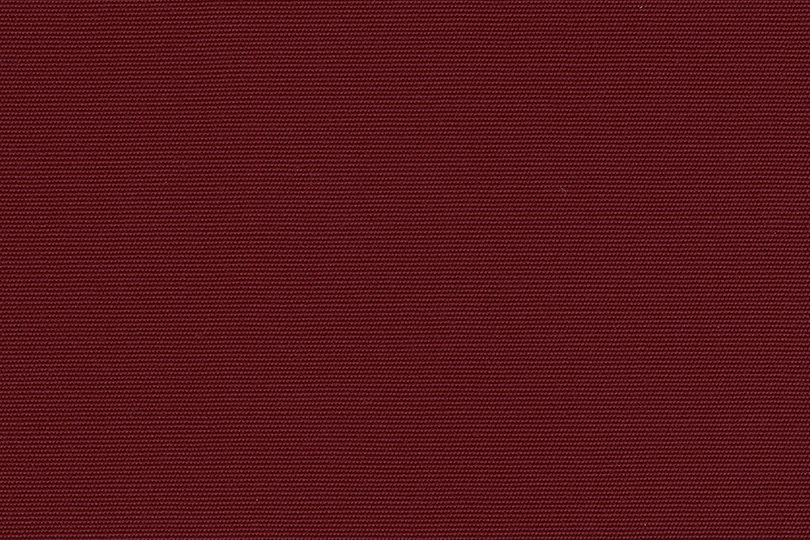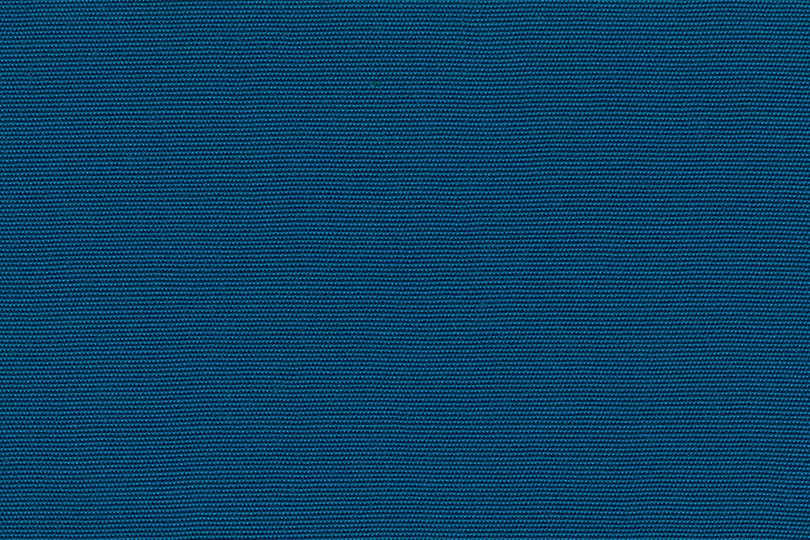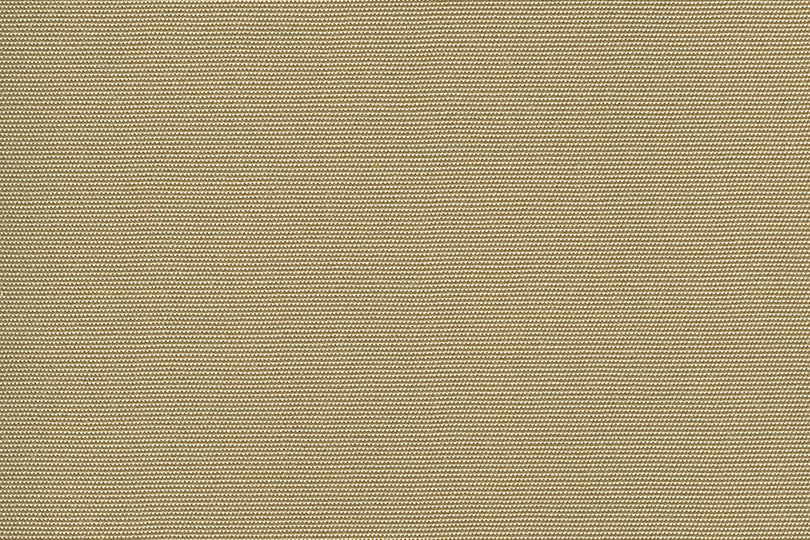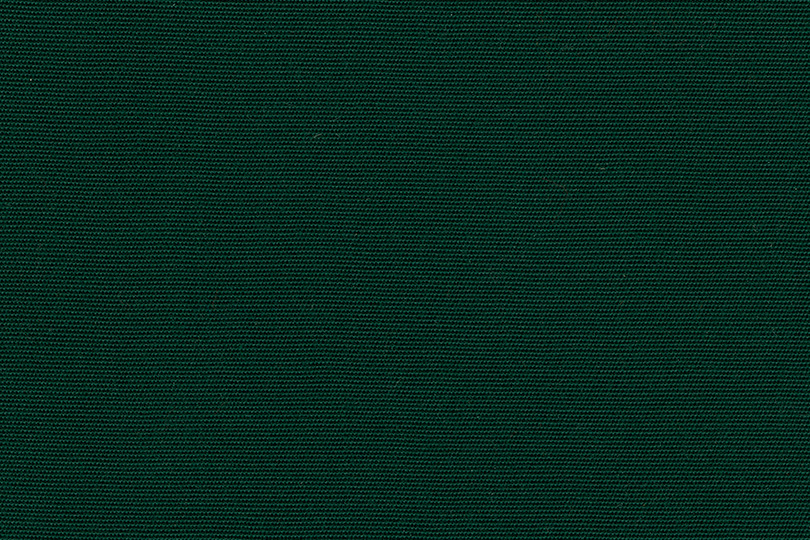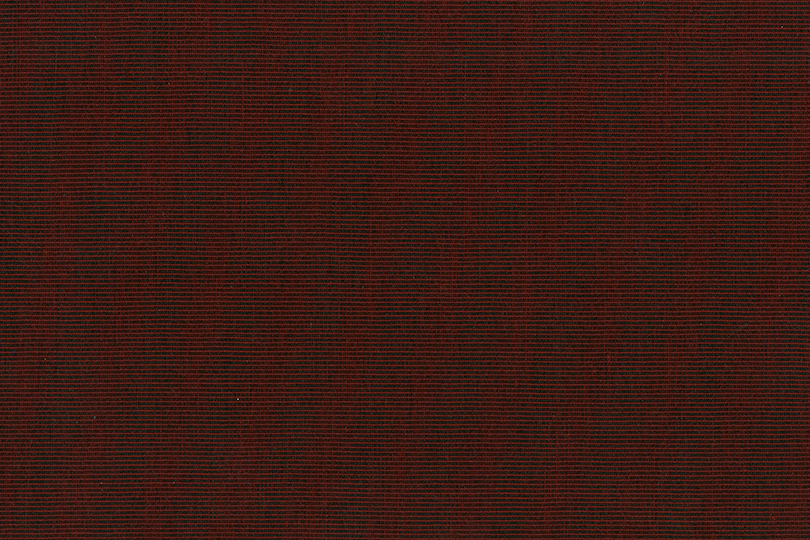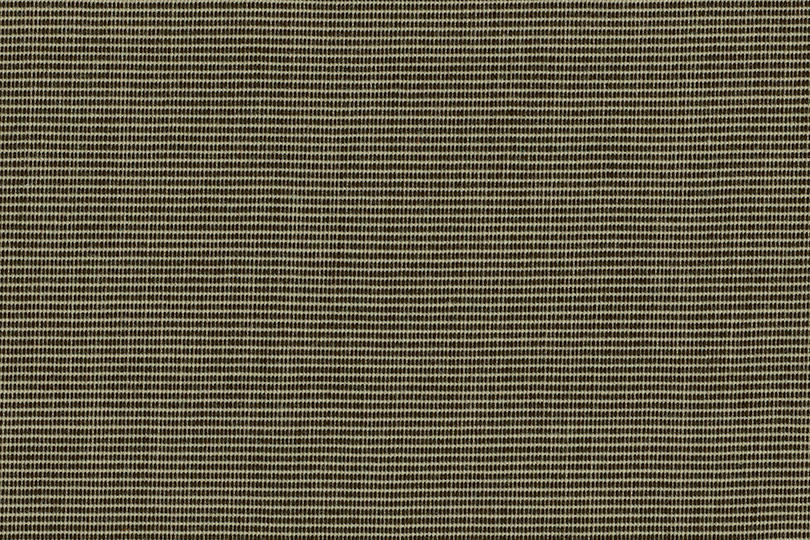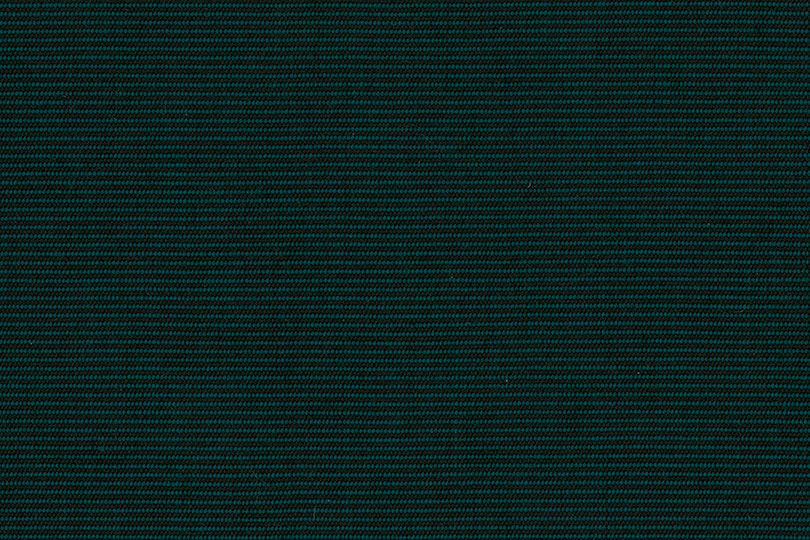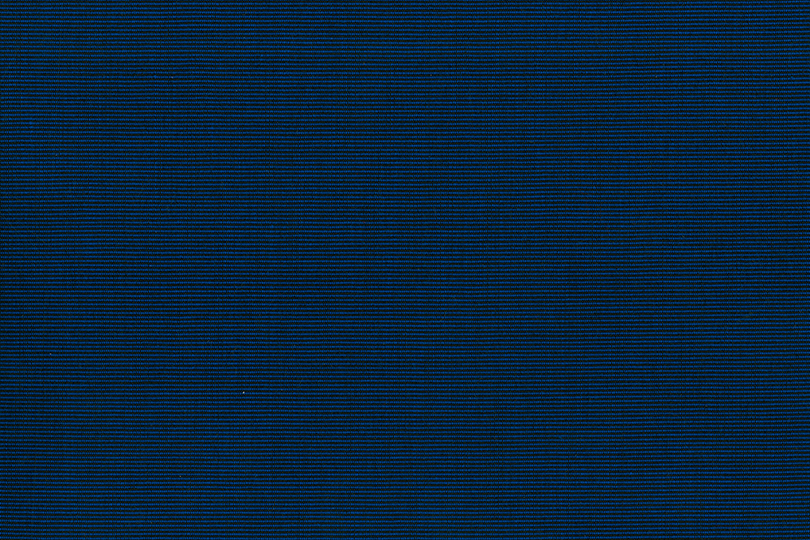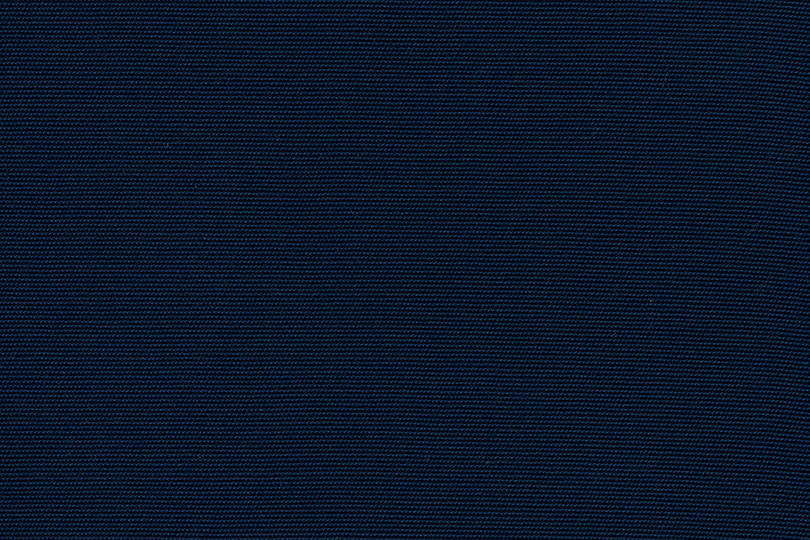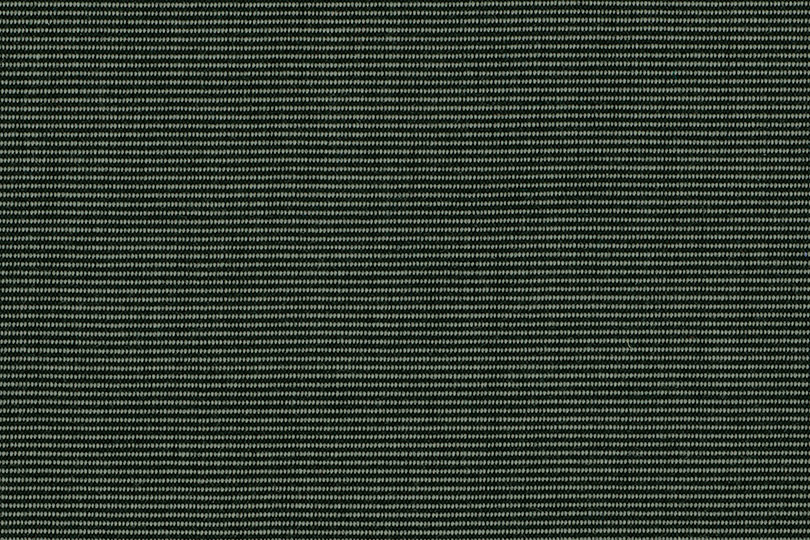The Recwater canvases are made of solution-dyed acrylic fibers with PVC coating on one side, which makes it absolutely waterproof. The PVC coating is colored to match the color of the acrylic, making it possible to combine the elegance of the acrylic fabric with PVC’s waterproof performance.
The PVC coating is formulated to achieve perfect adhesion with the acrylic fabric. Unlike other products on the market, Recwater does not crack or roll and has excellent dimensional stability.
The PVC-free face is treated to achieve good water and oil repellency, while the coated side is engraved with a design that gives the PVC a fabric appearance.
Being a heavier product and more resistant than Recacril®, makes Recwater particularly suitable for boats that frequent areas with extreme weather conditions.
It is also suitable for awnings in rainy climates. If being used in an awning, the weight of the article should be taken into consideration when choosing hardware.
The Recwater canvases follow a rigorous quality control throughout the manufacturing process, meeting all requirements for obtaining approval of the UNE-EN 13561:2004+A1:2009 (performance requirements including awnings security).

